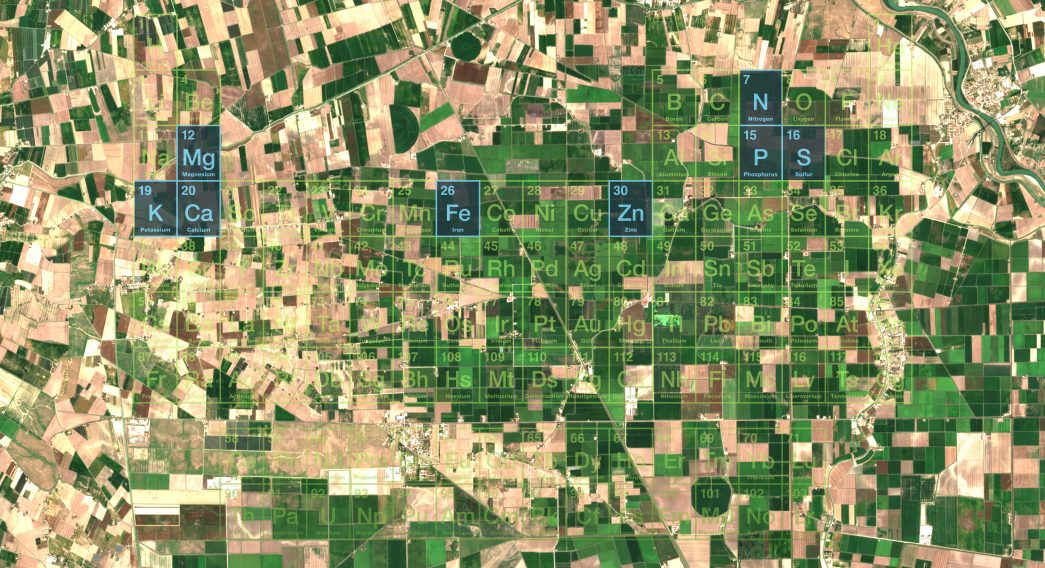Measuring nutrient composition in crops is an ever-increasing need in a global context where micronutrient malnutrition is affecting more than 2 billion people, i.e., more than 26% of the world’s population. Conventional, laboratory-based methods are far too costly to be applied on a large scale.
A study, conducted in the framework of the EO Science for Society project HyNutri: Sensing “Hidden Hunger” with Sentinel-2 and Hyperspectral, investigated the potential of Earth Observation for large-scale monitoring of crop nutrient content, providing sufficient lead time to intervene with fertilizers or other agricultural practices before the harvest, while overcoming the limitations of scale and cost associated with laboratory analysis.
Results are published in a Remote Sensing of the Environment paper.
The study was conducted in the Po Valley region of Italy, where corn, rice, soybean, and wheat crops are grown. The nutrient composition of grains was measured using laboratory analysis, and remote sensing data from the PRISMA and Sentinel-2 satellites acquired at the main phases of crop development (vegetative, reproductive, maturity) were input for regression models to predict nutrient content.
Both PRISMA and Sentinel-2 data were sensitive to the nutrient composition of grains, with different spectral bands showing varying levels of sensitivity. The models had R² values ranging from 0.51 to 0.73 for the different nutrients and crops.
Results are promising for some of the nutrients, whereas for other nutrients the feasibility remains an open question which requires further investigation. Further work is required to apply the method described in this paper to low-income countries, e.g., the Global South, where macro- and micro-nutrient deficiency is more prevalent.
Nonetheless, overall, these first attempts to estimate and predict micro-and macro-nutrient concentration of staple crops from such European satellite data are encouraging and another project, EO4Nutri, has been launched to take a next step.
Such information could potentially be very useful to farmers to intervene with soil amendments to boost the nutrient quality of grains early in the growing season, or for governments and food security organisations in order to plan other activities ensuring sufficient nutrients for vulnerable populations.

